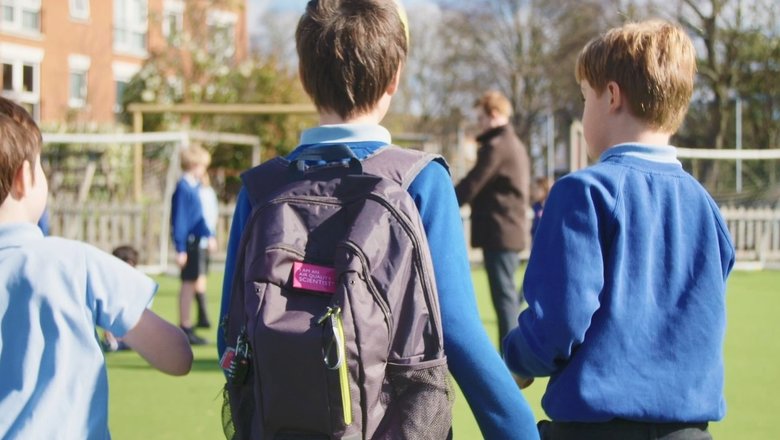The results of an innovative study that saw 250 schoolchildren have backpacks fitted with air quality sensors has revealed that children were exposed to on average five-times-higher concentrations of nitrogen dioxide (NO2) on the school run than when they were at school.
Weighing just over 1kg, the sensors fitted into lightweight bags and measured particulate matter (PM2.5 and PM10) and nitrogen dioxide (NO2) levels, and the study suggested that children should take alternative routes to school on quieter roads to reduce their exposure to air pollution, as children who walked to school via backstreets were exposed to much lower levels pollutants.
The pupils were from primary schools in Richmond, Greenwich, Haringey, Hammersmith and Fulham, and Kensington & Chelsea and each school has received an ‘air quality audit’ to help them reduce pupils’ exposure to pollution in and around schools and a grant of £10,000 to help them deliver some measures immediately.
Lead researcher Dr Ben Barratt from King’s said: ‘The aim of our study was to use personal sensors to highlight children’s exposure to air pollution around their schools. We are delighted to see that, as a result of taking part in the study, so many children and parents found cleaner, healthier ways to travel to and from school.’
Kate Barnes, head teacher at Haimo Primary School in Eltham, which took part in the study added: ‘Since taking part in the Breathe London Wearable Study our children and families have been more conscious than ever about how we travel to school and it is still a talking point.
Last week, it was announced that inner-city Greater Manchester schools will be kitted out with air purifiers, as part of a major new programme aimed to tackle air pollution in disadvantaged communities.
According to The Philips Foundation and Global Action Plan (GAP), who are behind the programme, it will be the largest of its kind to be launched in the UK, with 20 participating schools and 6000 students to be included in the 10-month study.
The programme looks to support schools to improve air quality as well as understand for the first time the impact of air pollution in schools by studying the varying levels of air quality in classrooms and how this affects school children.
In September, a Sustrans poll revealed 90% of parents and residents would back a School Streets scheme in their area.
The school streets model originated in London and sees private vehicles banned from streets near to schools during pick-up and drop-off times.
Photo Credit – King’s College London
















